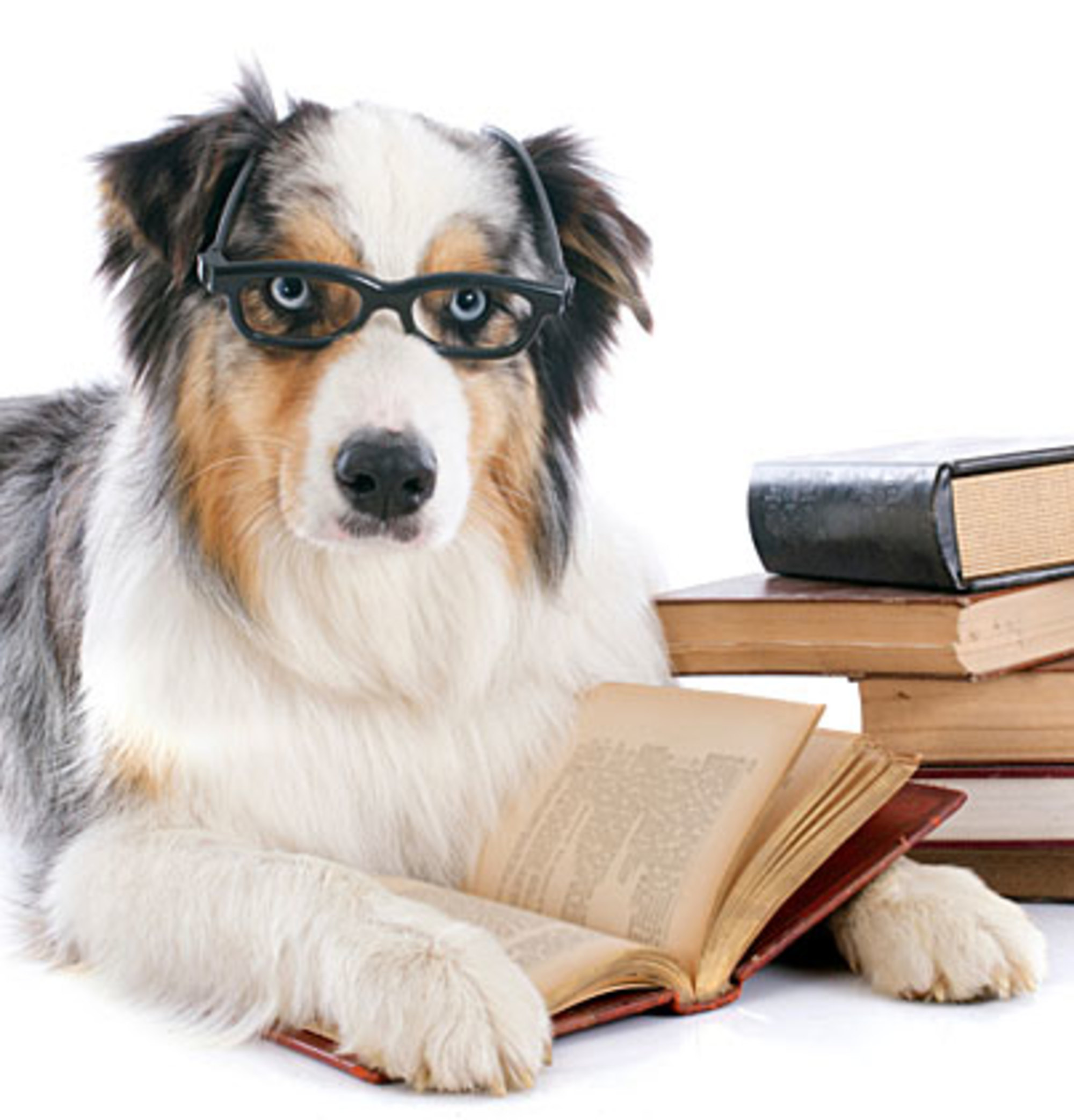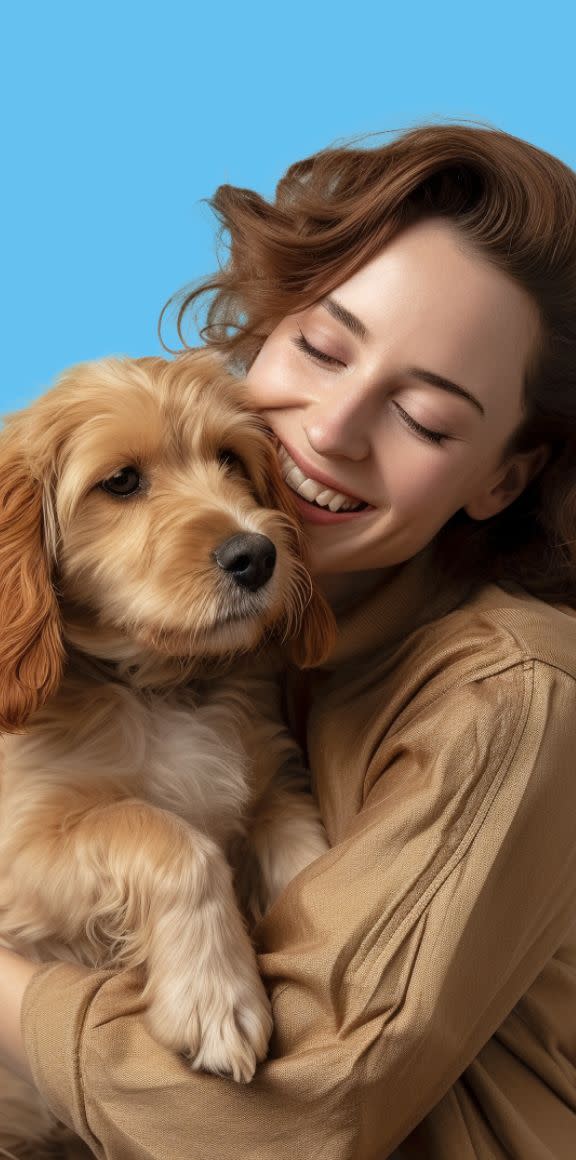Education Programs & Presentations
The Humane Society of Kitchener Waterloo and Stratford Perth is excited to offer educational presentations for schools, organizations, groups and seniors.

Bringing humane education to our communities.
Our educational programming provides fun, interactive and informative presentations about animals. Each presentation is customizable and designed to fit the needs of your group.
We offer both community presentations both on and off site, as well as school visits.
Community Presentations
The Humane Society offers community presentations to schools, organizations, community groups and seniors. Programming is designed to be fun, interactive and informative, but can be customized to suit your groups needs.
School Presentations
We have a team of human and furry educators (big and small!) that can visit classrooms across Waterloo Region and Perth County!
Our presentations are tailored to each grade and the current curriculum. We offer presentations from kindergarden to Grade 8, as well as a variety of topics for high school.
In-Centre Field Trips
Interested in a field trip to the Humane Society?
We'd love to have you! We offer field trip options at both our Kitchener and Stratford Animal Centres, which include a tour and presentation.
Interested in Booking our Education Team?
Please contact us to learn more about our service offerings, pricing and availability. Being a charitable organization, we ask for a very nominal fee per person or presentation, which helps us support the costs of our educators and their animal companions, travel, and the program design and delivery.
School visits are $1 per student within our service areas, however, we ask that you please reach out if this cost is a deterrent for your school.
519-745-5615 x 233
education@kwsphumane.ca
School Presentations & Curriculum 2025-2026
We are so pleased to present our humane education program for school boards in Waterloo Region and Perth County. Each 45 minute long presentation includes a quick lesson on how to safely approach a new animal before the meet and greet with our education animal. Animals travelling with our educators may vary from a canine companion, to a small animal.
Please note that in rare occasions, an animal companion may not be available.
Presentation Topics Below
Preschool: How Animals Say Hello (and When They Say No)
A fun and interactive presentation that introduces children to the world of animals and how they communicate. Children discover the basics of pet body language and communication, and use their knowledge of sounds to discern between safe and unsafe, by the noises animals make.
JK/SK: Safe and Sound: Understanding Pets
Students will explore the secret language of animals, mainly cats and dog, learning how our pets use body movements and sounds to share what they’re feeling. Core learning outcomes include developing strategies for staying safe around animals and fostering respect for animal well-being.
Grade 1: Animal Chit Chat
Let’s be safe! Students will learn how to be confident and safe around animals, particularly dogs, by deepening their understanding of canine body language, sound and facial expressions.
Students will also learn what to do if an animal they do not know approaches them.
Grade 2: Being a Responsible Pet Partner
Students will discover what it means to be a responsible pet partner by exploring the unique needs of different pets and why it’s so important to make thoughtful choices before adopting an animal. Along the way, they’ll take part in a fun, hands-on activity with our Humane Educator that shows just how much humans and animals really have in common.
Grade 3: Our Wild Neighbours
Through guessing games and group discussions, students will dive into the amazing world of Canadian wildlife, discovering the many animals that share our environment. They’ll learn why it’s so important to protect these creatures, explore the challenges wildlife face, and find out how people of all ages can help keep them safe.
Grade 4: The Choices we make
Students will learn about what an average day may be like for an animal in our care at the KWSP Humane Society. They’ll also discover how our team works hard to care for each animal’s physical and emotional wellbeing. A group activity will challenge them to think about what pets need in both shelter and home environments.
Grade 5: Raining Cats & Dogs
Students will explore what can happen when people aren’t responsible pet owners; from the challenges of too many litters, to the struggle of finding enough loving homes. They’ll learn about our region’s by-laws, and other rules in place to keep out pets happy and healthy. Together, they’ll tackle an activity, where they use their math skills to see just how quickly these issues can add up.
Grade 6: Animal Communication & Technology
Students will learn about animals’ four forms of communication (visual, auditory, tactile, and chemical) and how knowledge of these communication styles can keep people and animals safe. Students also learn how humans have made scientific, technological, and medical advancements by studying the intricate ways animals communicate.
Grade 7: Animals and US
Students will learn about the unique human-animal relationship. They will learn about the importance of the human-animal bond in human, animal and community welfare, and how the Humane Society works to nurture and preserve this bond in our communities.
Grade 8: Humane Kind
Students will discuss and reflect on the impact they have in our world. They will discuss the various ways humans can positively and negatively impact one another, the environment, and animals. Students are encouraged to think about their impact and habits as consumers, pet owners, global citizens., etc.


